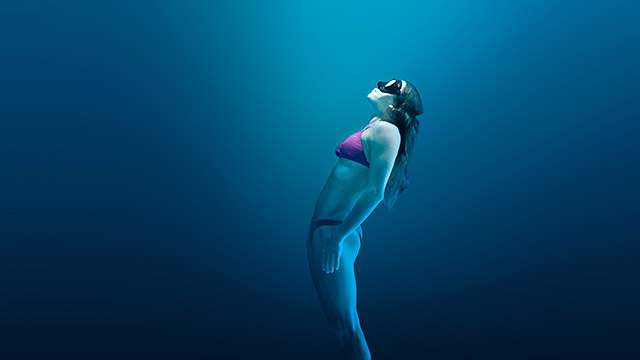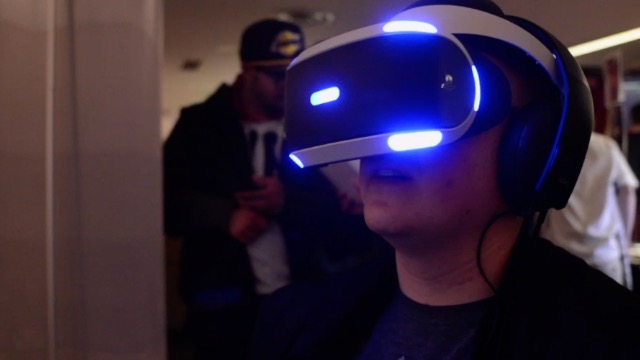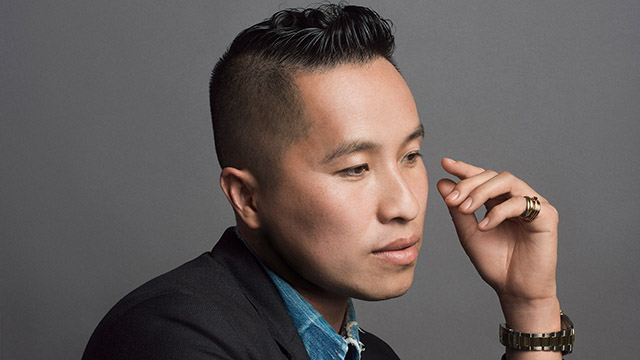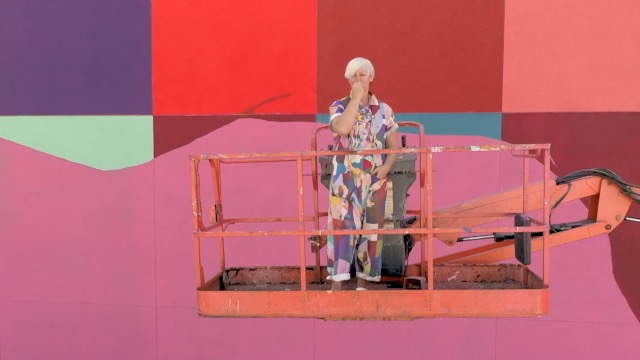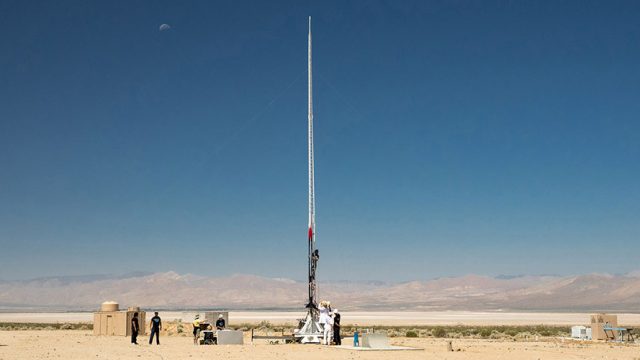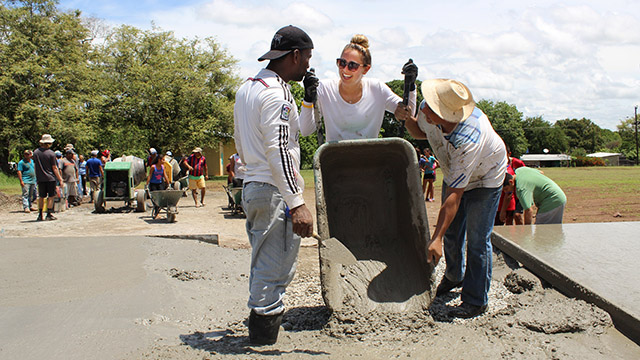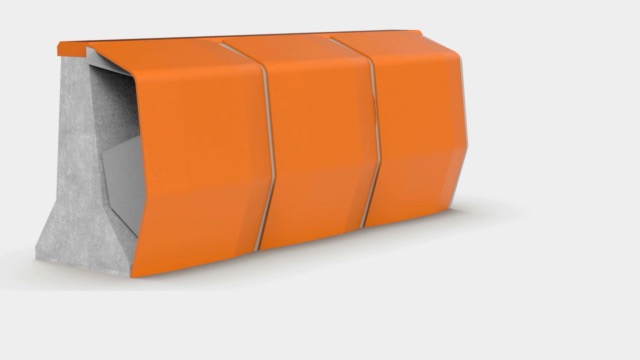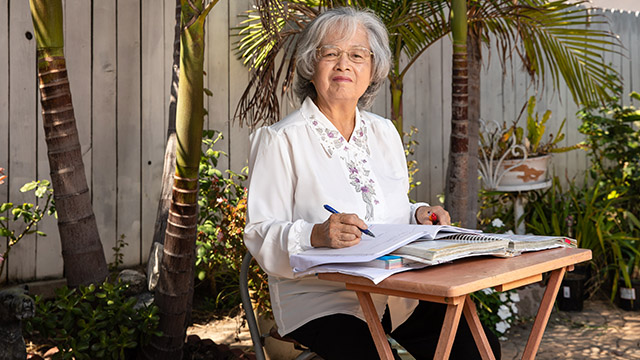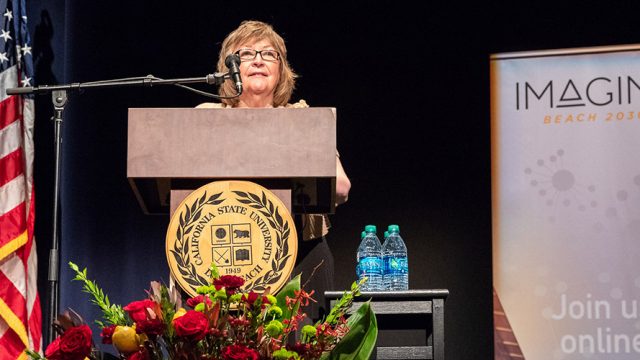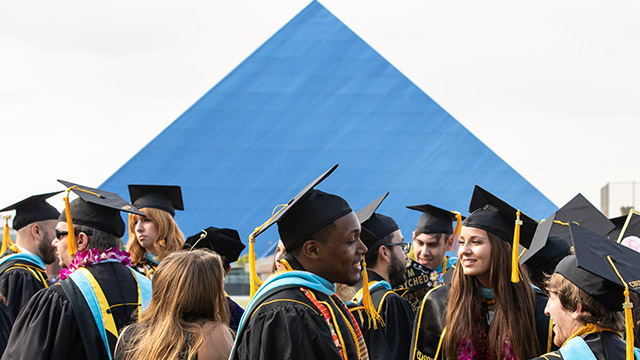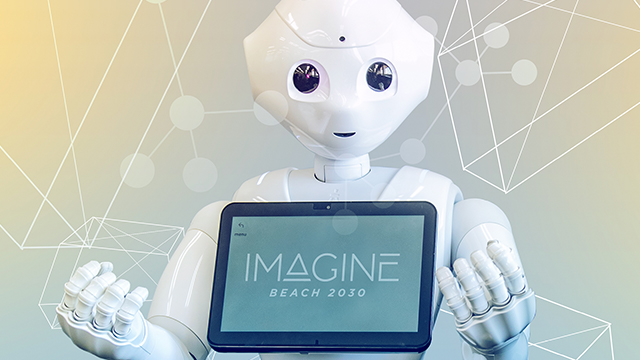Three, Two, One, Scream!
When ThemeParkInsider.com editor Robert Niles rode Six Flags Magic Mountain’s Full Throttle roller coaster last summer, the veteran journalist didn’t expect to be impressed.
But he was.
“As its name implies, Full Throttle doesn’t take its time getting to the action, launching from the station to 70 miles per hour, up and into a 160-foot loop,” he wrote.
“And it’s in that loop that Full Throttle delivers its take-away moment—a full second (which seems like an eternity) of weightless airtime, upside down, lingering at the apex of the loop. Oh, and did I mention that Full Throttle doesn’t pin you down with over-the-shoulder restraints? Yep, just a lap bar—and the power of physics—keep you up there for your moment of floating in roller coaster heaven.”
Popular Science agreed, voting the ride as “Best of What’s New” among the top 100 innovations in 2013, while the Guinness Book of World Records declared it the tallest, fastest looping roller coaster in the world.
Those are exactly the kinds of responses CSULB alumnus Jim Seay looks for when he conceives ideas for the latest coaster. Full Throttle, he said, “is for people who want to capture everything in life, who really want to have this amazing experience, and they’re going to reach for the clouds if they can.”
Seay, who did master’s studies in mechanical and aerospace engineering at Cal State Long Beach, is president and owner of Premier Rides, a Baltimore, Md.-based company best known for developing high-tech magnetic launch systems for theme park rides.
Like technological Wizards of Oz, Seay and his fellow Premier engineers work behind the curtains to design the right amounts of hang time (the feeling of weightlessness), spins, loops and inversions to satisfy today’s most hardened roller coaster fan.
“From an engineer’s standpoint, it’s a lot of fun and exciting to create technology that does not yet exist for these attractions,” Seay commented. “But it’s equally exciting to work with the vision of a Hollywood director plus these incredibly creative people at the theme parks to turn a storyline into something that millions of people per year can experience.”
Premier began as a provider of technical solutions for challenges that theme park industry clients faced with their rides, and remains the field’s largest aftermarket service provider. But Seay had bigger plans in mind.
“The majority of the people in our company are engineers with backgrounds in fields such as aerospace and oceanography, skill sets that are compatible with designing theme park rides,” he said. “So, my idea was to expand the company into custom-built attractions focused on the newest technologies.”
The first customer to come calling was Paramount Parks, which wanted to develop a linear induction motor (LIM) coaster to simulate a NASA rocket sled launch, albeit smoother.
“With the linear system, you can develop storylines around the ride equipment,” Seay explained, citing Universal Studio’s Revenge of the Mummy ride as an example. “You can design a thrill experience at the beginning or later on in the ride, and stop the attraction at one point and then restart it. With the old, traditional coasters, once you reached the top, you just kept running until the ride was over. LIM was a big breakthrough.”
Before Seay began his career with the theme park industry, he was an aerospace engineer at Hughes Aircraft in Los Angeles. His love for sailing out of Marina del Rey led to him meeting a number of people in the entertainment and theme park business. “They would talk about how development was taking this big step to create rides with storylines. I jumped at the opportunity to work at Six Flags. Suddenly, instead of developing an airborne laser system, I was developing high speed switching technologies for coasters.”
Creating world-class attractions sometimes requires as much as two to three years of development.
“You have to conceptualize an attraction, then design, fabricate and install it,” Seay commented. “And even after the installation phase, there’s a tremendous amount of testing before any one person goes on the ride. I’ve always thought that the structural engineering classes that I took at CSULB were really valuable to my ability to work at Six Flags and be able to contribute right away and understand, if we’re putting in this world-class coaster, how we’re going to accommodate the topography and soil conditions.”
Theme parks are big business and Premier Rides is proof of the industry’s strength, with expansion not only in the U.S., but also Germany, China, Singapore, Indonesia and Mexico, among others.
As to the industry’s future, Seay thinks theme park attractions will continue to become even more interactive for the consumer. “With the use of projection technology, you can change the media from one ride experience to the next. And we can manipulate a ride with launch speeds and directional changes. I do think that we are getting to the point where it really is that sensory overload.”
For Seay, his biggest thrill comes from seeing the reaction of people who ride his company’s creations. “It’s almost like the idea of listening to people clap at the end of a movie you’ve created. Sometimes, I’ll be visiting a park and I’ll make it a point to go out to our attraction just to watch the people coming off the ride. And when you see that they’re all ecstatic about having gone through that experience, I think that’s great.”
Download the the Beach Magazine app to take a virtual ride on Full Throttle.


